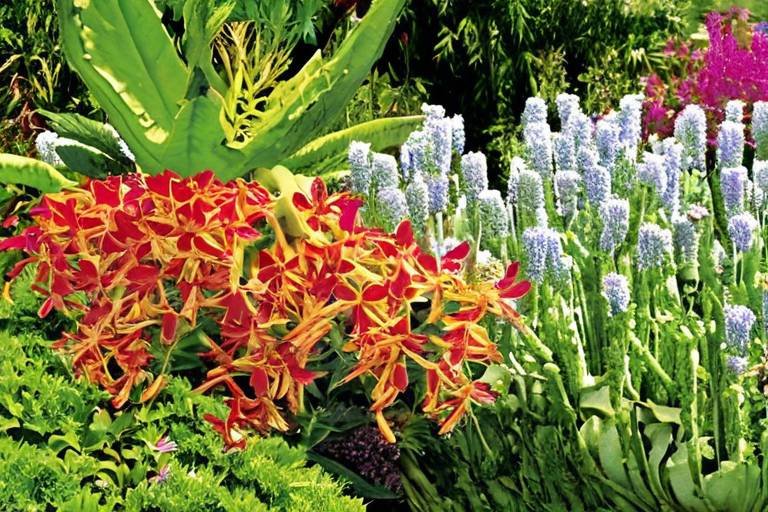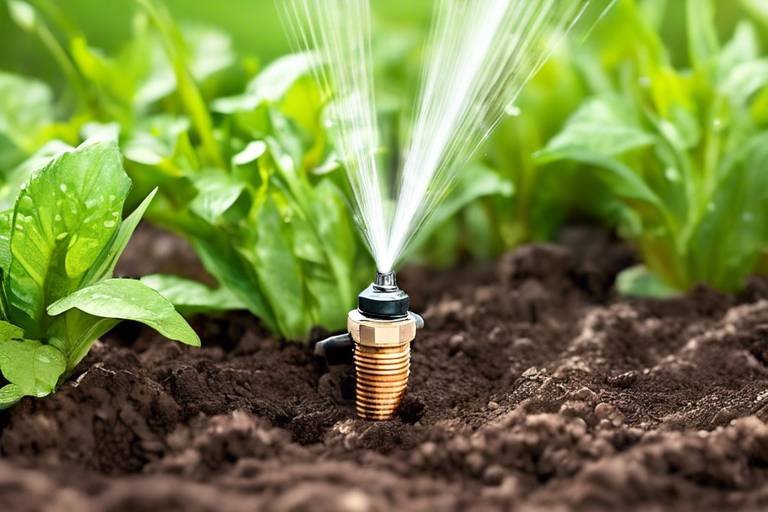How to Grow Edible Flowers in Your Garden
Are you looking to add a touch of beauty and flavor to your garden? Growing edible flowers can be a delightful way to enhance your outdoor space while also exploring new culinary possibilities. By carefully selecting the right flowers, planting and maintaining them properly, and incorporating them into your garden design, you can create a vibrant and edible oasis right in your backyard.
When it comes to choosing the right flowers for your edible garden, consider factors such as taste, color, and compatibility with your local climate and soil conditions. Some popular options include pansies, nasturtiums, violets, and calendula, each offering a unique flavor profile that can add a special touch to your dishes. Make sure to research each flower's growing requirements to ensure they will thrive in your garden.
Planting and maintaining edible flowers requires attention to detail to promote healthy growth and abundant blooms. Start by preparing the soil with organic matter to provide essential nutrients for your plants. Establish a regular watering schedule, making sure not to overwater or underwater your flowers. Ongoing maintenance tasks such as deadheading spent blooms and monitoring for pests will help keep your edible garden in top condition.
Harvesting edible flowers at the peak of freshness is crucial to preserving their flavor and nutritional value. Pick flowers in the morning when their water content is highest, and choose blooms that are fully open but not yet wilted. Store harvested flowers in a cool, dark place or use them immediately in your favorite recipes to enjoy their delicate flavors.
Looking to get creative in the kitchen? Explore a variety of edible flower recipes that go beyond simple garnishes. From colorful salads and fragrant soups to decadent desserts and refreshing beverages, there are endless possibilities for incorporating edible flowers into your culinary creations. Experiment with different flavor combinations to discover new favorites.
Aside from their culinary appeal, edible flowers also offer a range of health benefits. Rich in antioxidants, vitamins, and minerals, these floral ingredients can provide a nutritional boost to your diet. Some edible flowers even have potential medicinal properties, adding an extra layer of interest to their already impressive profile.
Designing your edible flower garden can be a fun and rewarding experience. Consider incorporating flowers into border plantings, hanging baskets, or vertical gardens to make the most of your space. Companion planting with edible flowers can also help attract beneficial insects, repel pests, and create a balanced ecosystem in your garden.
As you plan your edible garden, keep seasonal considerations in mind. Different flowers thrive in various seasons, so be sure to research the best planting and care practices for spring, summer, fall, and winter cultivation. With proper attention and care, you can enjoy a colorful and flavorful garden year-round.
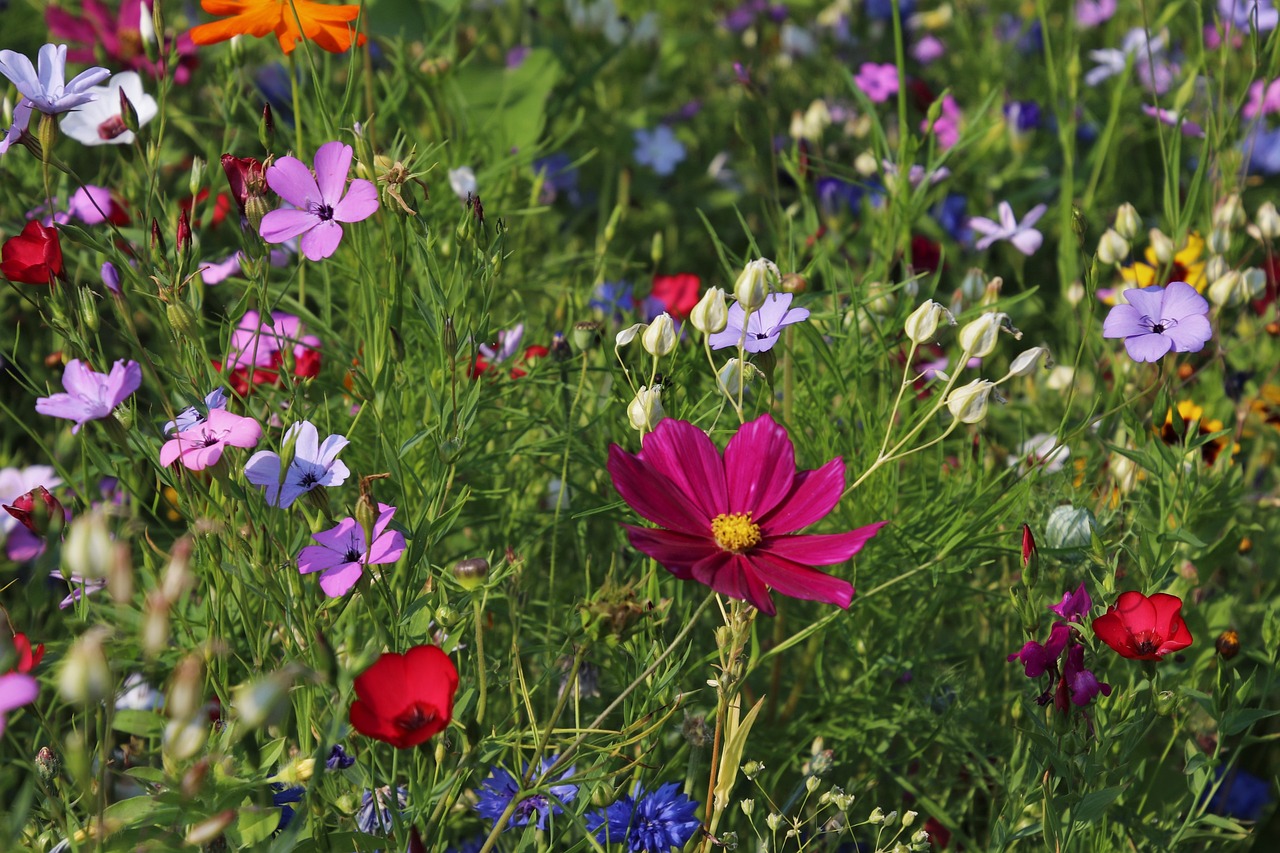
Choosing the Right Flowers
When it comes to for your edible garden, there are several factors to consider to ensure successful growth and a bountiful harvest. It's essential to select varieties that not only thrive in your specific climate and soil conditions but also complement the overall aesthetic of your garden.
Consider the taste of the flowers you plan to grow. Some edible flowers have a subtle flavor, while others are more robust and can add a unique twist to your culinary creations. Think about how you intend to use the flowers in your cooking and choose varieties that will enhance the flavors of your dishes.
Another important aspect to keep in mind is the color of the flowers. Vibrant and visually appealing blooms can elevate the look of your garden and make your dishes more visually appealing. Mix and match different colors to create a beautiful and diverse edible landscape.
Compatibility with other plants in your garden is also crucial. Some edible flowers may have specific companion plants that they thrive alongside, while others may not get along well with certain herbs or vegetables. Research the compatibility of different flower varieties with other plants to ensure harmony in your garden.
Furthermore, consider the growth habits of the flowers you choose. Some varieties may spread rapidly and require regular pruning, while others may be more compact and low-maintenance. Select flowers that align with your gardening style and available time for maintenance.
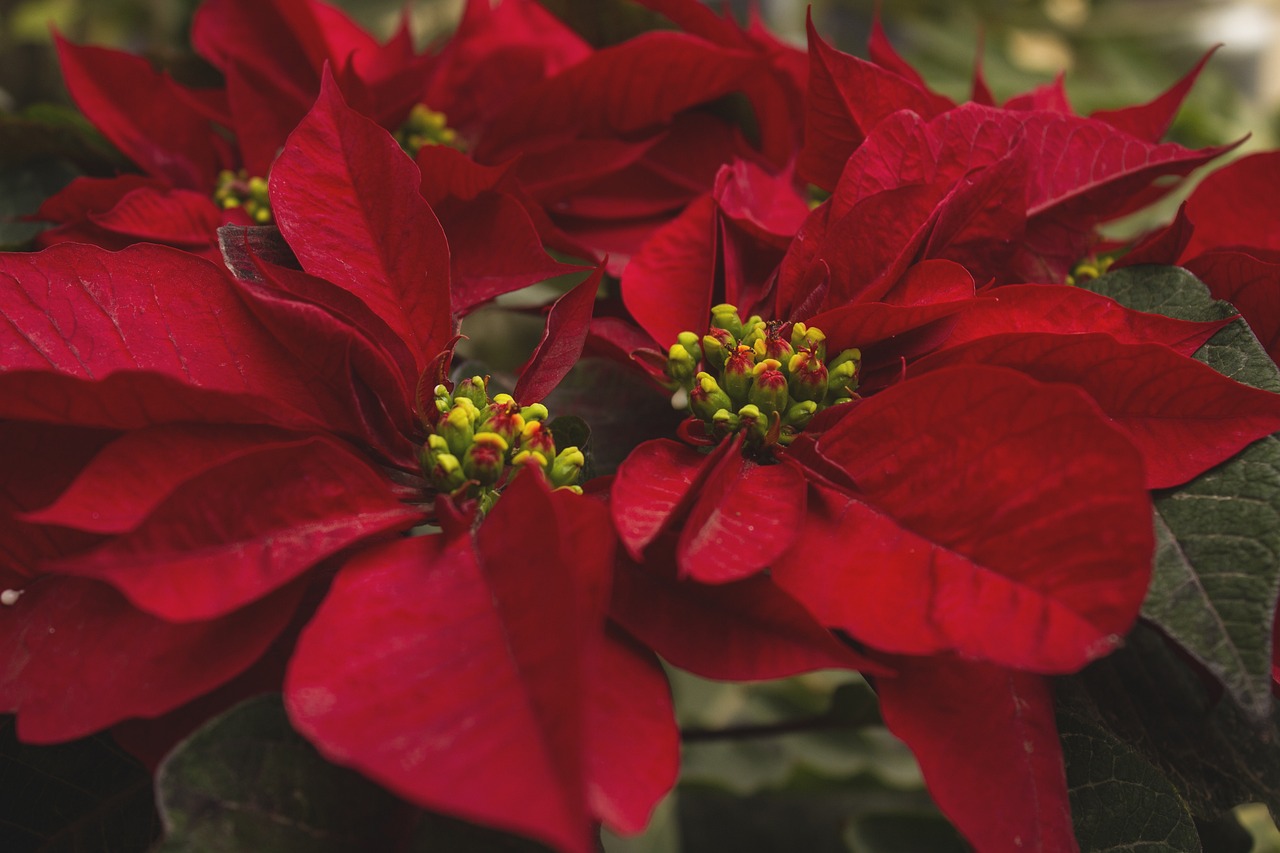
Planting and Maintenance
When it comes to planting and maintaining edible flowers in your garden, there are several key factors to consider to ensure their successful growth and blooming. The first step is to choose a suitable location in your garden that receives an adequate amount of sunlight, as most edible flowers thrive in sunny spots with well-draining soil. Before planting, it's essential to prepare the soil by loosening it and adding organic matter such as compost to provide nutrients for the flowers.
When planting edible flowers, make sure to space them according to their specific requirements, as overcrowding can lead to competition for resources and hinder their growth. Watering is crucial, especially during the initial stages of growth, to help establish strong roots. However, be cautious not to overwater, as this can cause root rot and other issues.
Regular maintenance is key to ensuring the health and vitality of your edible flowers. This includes removing any weeds that may compete with the flowers for nutrients and water, as well as deadheading spent blooms to encourage continuous flowering. Fertilizing periodically with a balanced fertilizer can also help promote healthy growth and vibrant blooms.
It's important to monitor your edible flowers regularly for any signs of pests or diseases, as early detection can prevent significant damage. Consider using natural pest control methods to protect your flowers without harmful chemicals. Additionally, providing support such as stakes or trellises for taller varieties can help prevent them from bending or breaking under their weight.
Overall, proper planting and maintenance practices are essential for cultivating a thriving garden full of beautiful and edible flowers. By following these guidelines and staying attentive to the needs of your plants, you can enjoy a bountiful harvest of both visual and culinary delights.
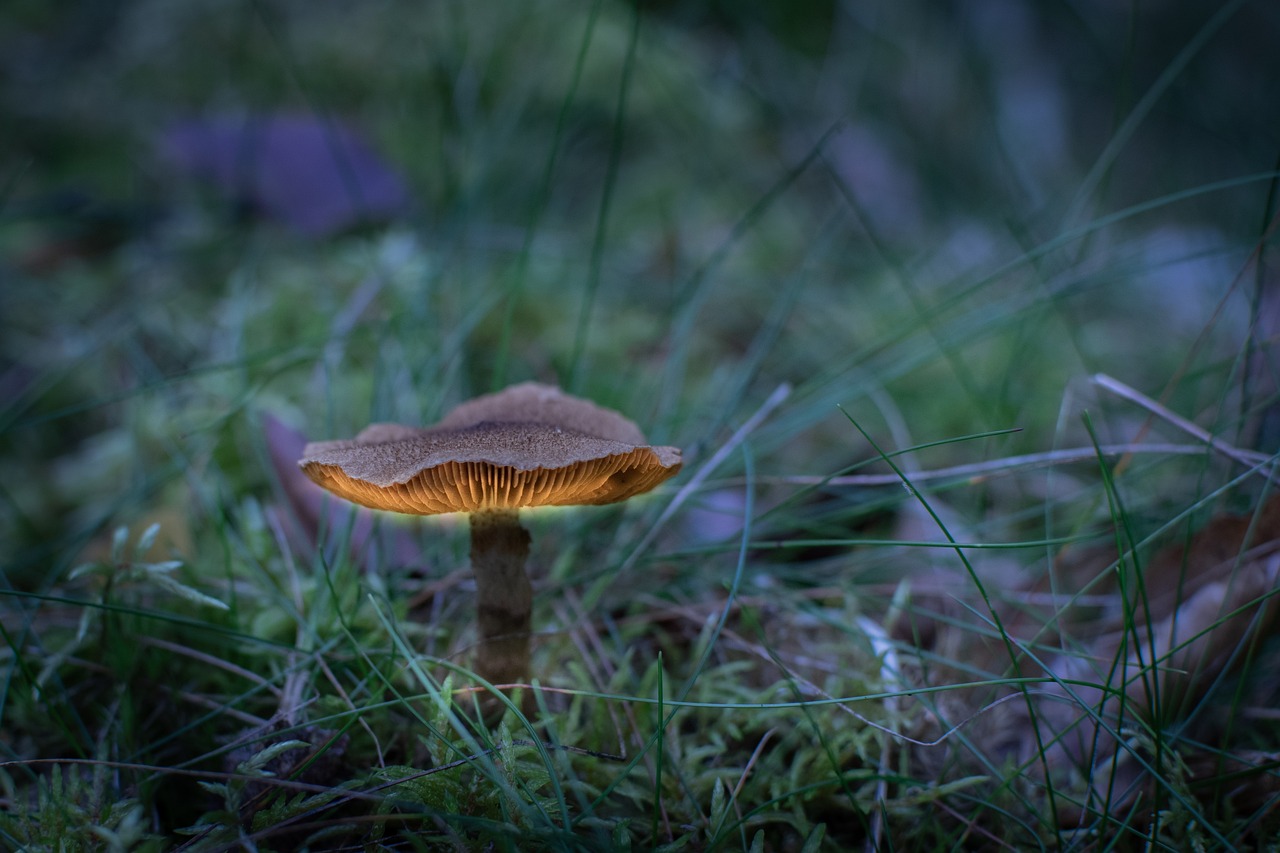
Harvesting and Storage
When it comes to harvesting and storing edible flowers, timing is key to ensure you capture their peak flavors and aromas. It's best to harvest flowers early in the morning when their moisture content is at its highest, providing the freshest experience for your culinary creations. Gentle handling is crucial during the harvesting process to prevent damage to delicate petals and preserve their visual appeal.
After harvesting, it's important to store edible flowers properly to maintain their freshness and flavor. One common method is to place the flowers in a container lined with damp paper towels, keeping them refrigerated to extend their shelf life. Alternatively, you can store certain varieties in a vase of water, similar to cut flowers, to prolong their beauty and vitality.
For longer-term storage, consider drying edible flowers to preserve them for future use in cooking and garnishing. Air-drying is a simple and effective method that involves hanging flower bundles upside down in a dark, well-ventilated area until they are completely dry. Once dried, store the flowers in an airtight container away from direct sunlight to protect their color and flavor.
When it comes to using edible flowers in your culinary creations, the possibilities are endless. From adding a pop of color to salads and desserts to infusing floral notes into beverages and sauces, these versatile ingredients can elevate the visual appeal and taste of your dishes. Experimenting with different flower varieties and flavor profiles can lead to delightful surprises in your kitchen.
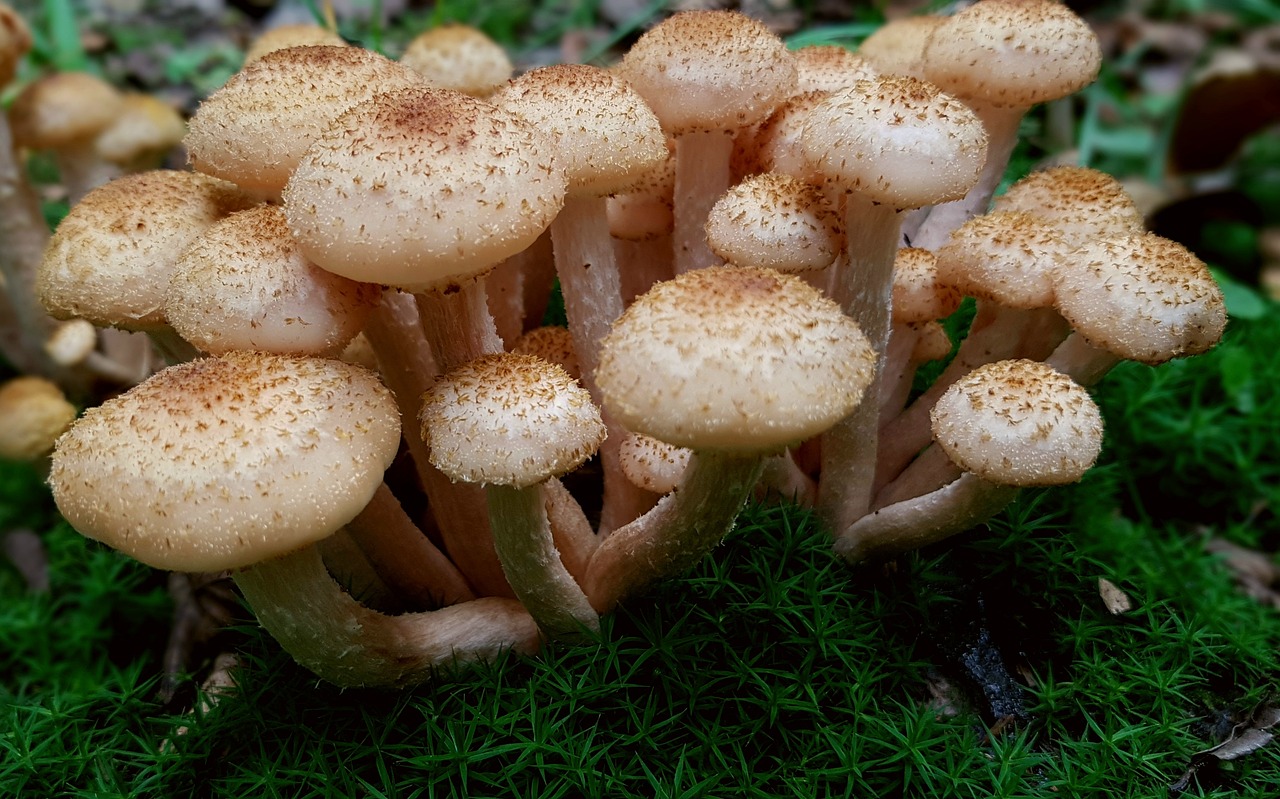
Edible Flower Recipes
Are you looking to add a touch of floral flair to your culinary creations? Edible flowers offer a unique and delightful way to elevate your dishes, adding both visual appeal and a hint of floral fragrance. From vibrant salads to decadent desserts, the possibilities are endless when it comes to incorporating these floral gems into your recipes.
One popular recipe featuring edible flowers is a refreshing edible flower salad. This colorful dish combines an array of fresh greens with delicate edible flowers for a visually stunning and flavorful salad. The subtle sweetness of the flowers pairs perfectly with the crispness of the greens, creating a delightful balance of flavors and textures.
For those with a sweet tooth, edible flower-infused desserts are a must-try. Imagine indulging in a creamy lavender panna cotta garnished with fragrant lavender blossoms, or savoring a slice of rose petal cake adorned with delicate rose petals. These desserts not only look exquisite but also offer a subtle floral essence that tantalizes the taste buds.
If you're feeling adventurous, why not try your hand at edible flower cocktails? Infuse your favorite spirits with floral notes by adding edible flowers such as hibiscus or violets to create vibrant and aromatic cocktails. Whether you prefer a refreshing flower-infused gin and tonic or a floral elderflower martini, these cocktails are sure to impress your guests.
When incorporating edible flowers into your recipes, it's essential to use flowers that are safe for consumption and free from pesticides. Always source your edible flowers from reputable suppliers or grow your own organic blooms in your garden. With a bit of creativity and a touch of floral inspiration, you can transform your dishes into works of art with the beauty and flavor of edible flowers.
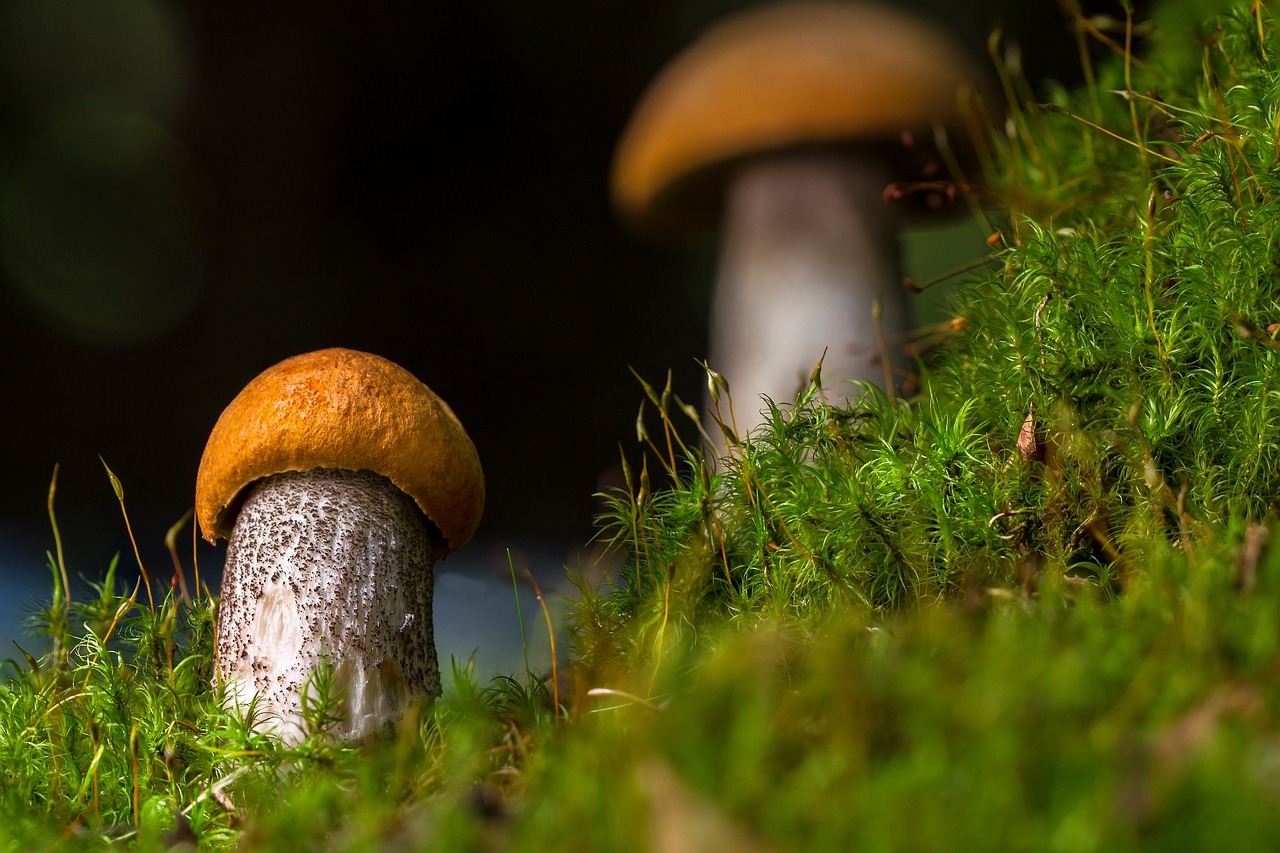
Health Benefits of Edible Flowers
When it comes to the health benefits of edible flowers, these delicate blooms offer more than just visual appeal in your garden or on your plate. Edible flowers are not only a feast for the eyes but also a nutrient-rich addition to your diet. Packed with antioxidants, vitamins, and even potential medicinal properties, these floral delights can elevate both the flavor and nutritional content of your meals.
One of the key advantages of consuming edible flowers is their antioxidant content. These vibrant blooms are rich in antioxidants, which help combat oxidative stress in the body and protect against chronic diseases. By incorporating a variety of edible flowers into your diet, you can boost your antioxidant intake and support overall health and well-being.
In addition to antioxidants, edible flowers also offer a range of vitamins that are essential for maintaining good health. From vitamin C to vitamin A, these flowers provide a natural source of essential nutrients that can contribute to a balanced diet. Whether added to salads, teas, or desserts, edible flowers can enhance the nutritional profile of your meals in a delicious and visually appealing way.
Furthermore, some edible flowers are believed to possess medicinal properties that have been used for centuries in traditional medicine practices. For example, calendula flowers are known for their anti-inflammatory properties, while lavender is often used for its calming effects. By incorporating these flowers into your culinary creations, you can not only add unique flavors but also potentially benefit from their medicinal properties.
Overall, the health benefits of edible flowers extend beyond their aesthetic appeal, offering a range of nutrients and potential medicinal properties that can enhance your well-being. By exploring the diverse world of edible flowers and incorporating them into your diet, you can enjoy both the visual beauty and the nutritional value that these blooms have to offer.
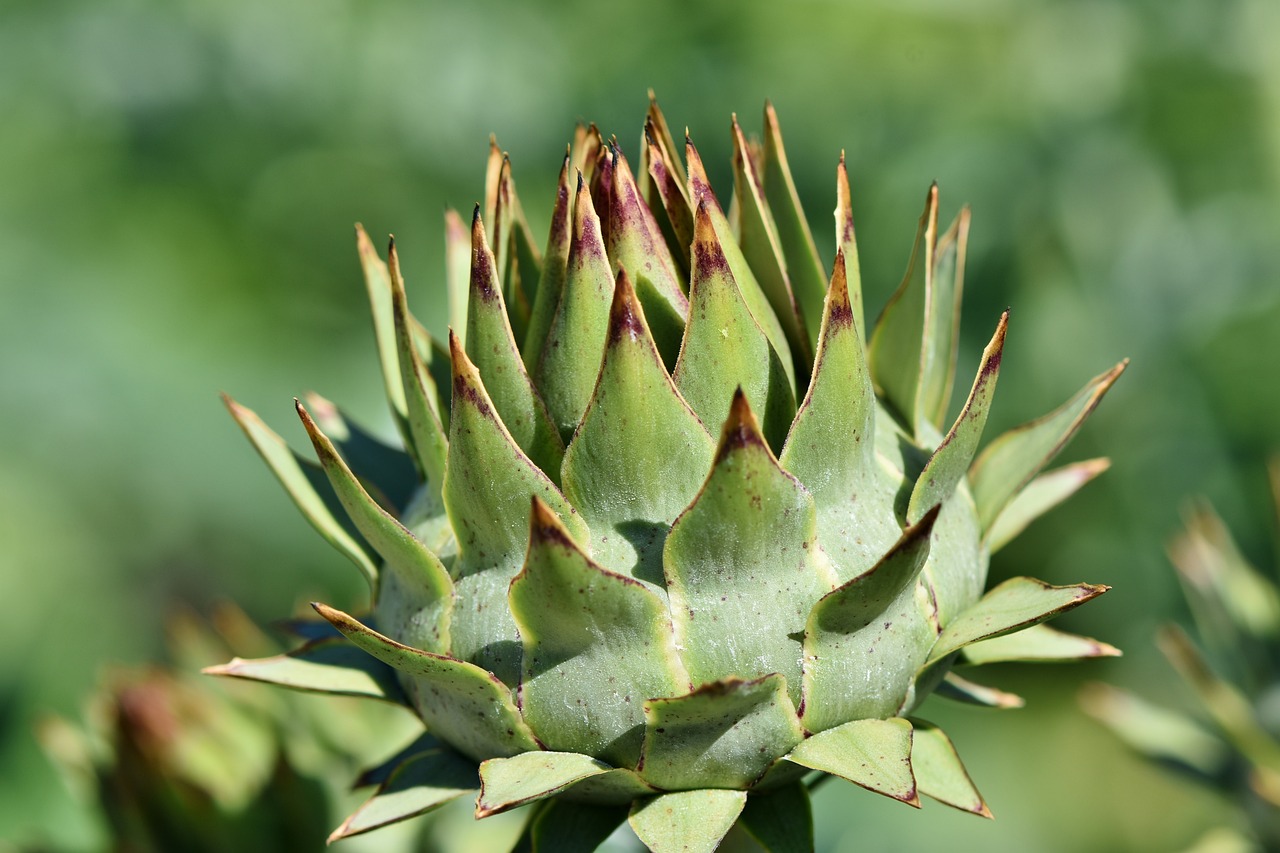
Edible Flower Garden Design
When it comes to designing your garden with edible flowers, the possibilities are as vast as your imagination. Imagine a canvas where colors and flavors blend harmoniously, creating a feast for both the eyes and the palate. Edible flowers not only add beauty to your outdoor space but also offer a unique culinary experience, elevating your dishes to a whole new level.
One approach to incorporating edible flowers into your garden design is through border plantings. By edging your garden beds with a variety of colorful blooms such as nasturtiums, calendula, and borage, you can create a stunning visual display that is also functional. These flowers not only attract pollinators but also serve as a natural pest deterrent, enhancing the health of your garden ecosystem.
For those with limited space, consider planting edible flowers in containers. Whether you have a small balcony or a compact patio, containers offer a versatile way to grow a diverse range of edible blooms. Mix and match different varieties such as pansies, violas, and lavender to create a mini edible flower garden that can be easily moved and rearranged to suit your aesthetic preferences.
If you're looking to maximize vertical space, vertical gardens provide a creative solution for growing edible flowers. By utilizing trellises, hanging planters, or vertical planters, you can create a lush green wall adorned with vibrant blooms like violets, roses, and chamomile. Not only does this save space, but it also adds a touch of whimsy and charm to your garden.
Another design idea is to incorporate edible flowers into herbaceous borders. By intermingling culinary herbs such as basil, thyme, and mint with edible flowers like marigolds, pansies, and chive blossoms, you can create a sensory delight that tantalizes both your taste buds and sense of smell. This integration not only enhances the visual appeal of your garden but also promotes biodiversity and attracts beneficial insects.
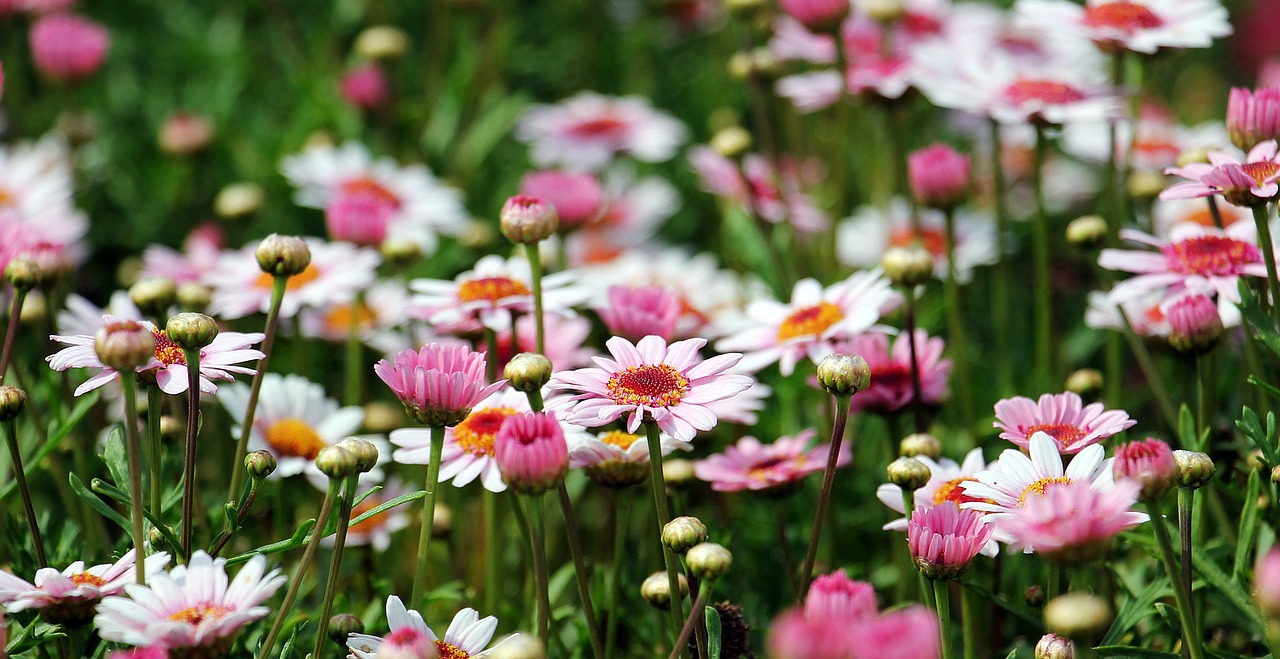
Companion Planting with Edible Flowers
When it comes to gardening, companion planting with edible flowers can be a game-changer. By strategically placing these floral beauties alongside your vegetables and herbs, you not only enhance the aesthetic appeal of your garden but also create a harmonious ecosystem that benefits all plants involved. Think of it as a floral neighborhood where each resident plays a vital role in supporting the others.
One of the key benefits of companion planting with edible flowers is their ability to attract beneficial insects. Flowers like marigolds, nasturtiums, and calendula act as natural pest repellents, drawing in predator insects that feed on harmful pests. This natural pest control method not only reduces the need for chemical pesticides but also promotes a healthier, more balanced garden environment.
Furthermore, certain edible flowers can help improve the flavor and growth of neighboring plants. For instance, planting borage near your tomatoes can enhance their flavor, while chamomile can boost the overall health of your garden with its antimicrobial properties. It's like having a team of floral superheroes working together to ensure the success of your garden.
Additionally, companion planting with edible flowers can contribute to the overall well-being of your garden by creating biodiversity and improving soil health. Flowers like sunflowers and lavender attract pollinators, ensuring better fruit set for your vegetables, while plants like comfrey help enrich the soil with nutrients through their deep root systems. It's a symbiotic relationship where each plant gives and receives, creating a thriving ecosystem.
When planning your companion planting scheme, consider the specific needs of each plant and how they can complement each other. Choose flowers that not only look beautiful but also serve a purpose in supporting the health and growth of your garden. With a thoughtful approach to companion planting with edible flowers, you can create a vibrant and productive garden that delights both the eyes and the taste buds.
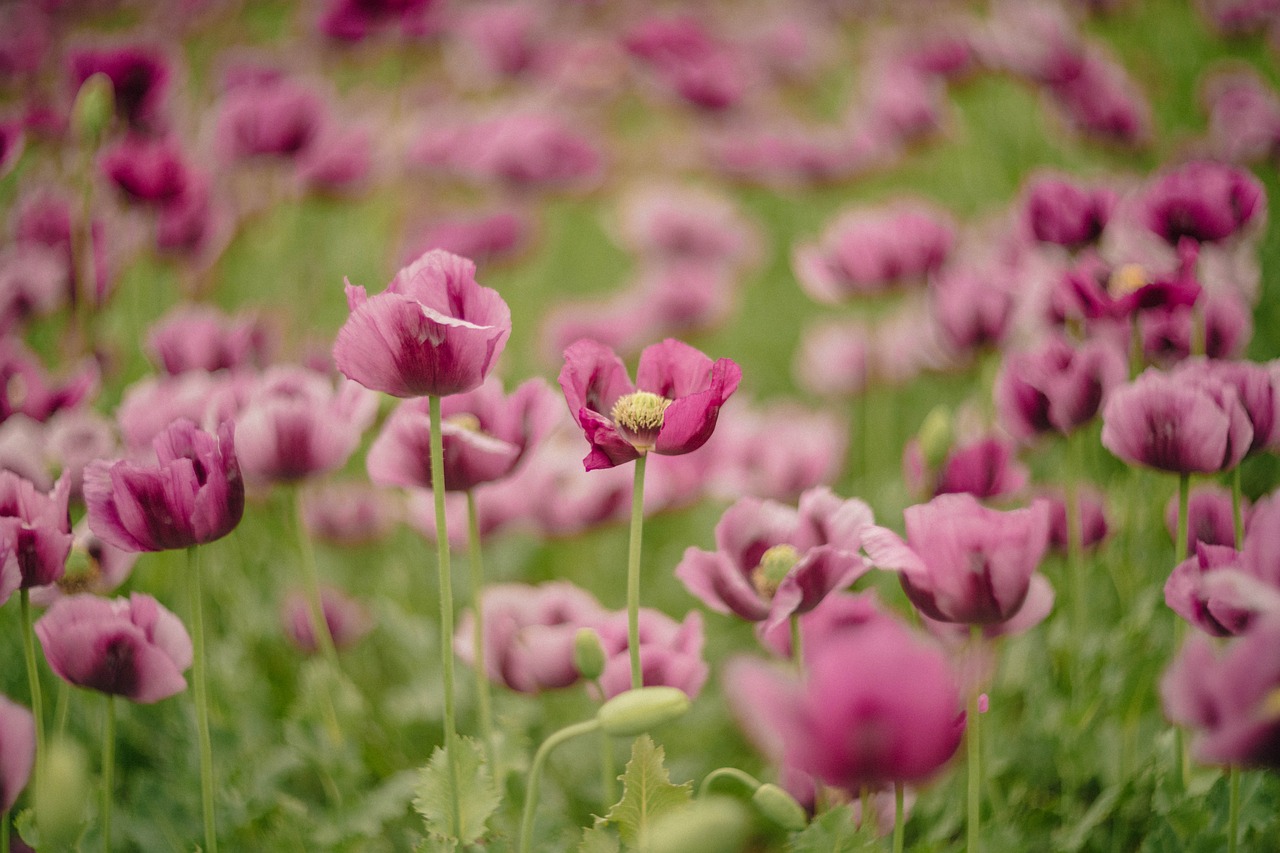
Seasonal Considerations
When it comes to cultivating edible flowers in your garden, it's essential to consider the seasonal variations that can impact their growth and development. Each season brings its own set of challenges and opportunities for nurturing these delicate blooms, ensuring they flourish and provide both visual beauty and culinary delights.
In the spring, as the garden awakens from its winter slumber, it's the perfect time to plant cool-season edible flowers such as pansies, violets, and calendula. These hardy varieties thrive in the cooler temperatures and add a pop of color to your garden beds. Spring is also the time to prepare the soil, enriching it with compost and nutrients to support the upcoming growth spurt of your edible flowers.
As summer rolls around, the heat and longer days present a different set of challenges. It's crucial to provide adequate water to your edible flowers, ensuring they stay hydrated and healthy in the summer heat. Consider mulching around the plants to retain moisture and protect their roots from the scorching sun. Summer is also the season for harvesting an abundance of edible flowers, adding a burst of flavor and color to your culinary creations.
When fall arrives, signaling the transition to cooler temperatures, it's time to assess the condition of your edible flowers and prepare them for the approaching winter. Some varieties may continue to bloom into the fall, while others may start to fade. Prune back any dead or dying foliage, and consider planting fall-blooming edible flowers such as chrysanthemums or nasturtiums to extend the growing season.
Winter brings its own set of challenges for growing edible flowers, especially in colder climates. Protect delicate plants from frost and freezing temperatures by covering them with a layer of mulch or bringing potted varieties indoors. Use this time to plan and prepare for the upcoming spring season, researching new varieties to add to your garden and ensuring your soil is ready for planting when the weather warms up.
Frequently Asked Questions
- Can all flowers be eaten?
Not all flowers are edible. It is crucial to research and identify which flowers are safe for consumption before adding them to your dishes or garden.
- How do I know if a flower is edible?
Look for reliable sources that list edible flowers and provide detailed descriptions. Avoid consuming flowers from florists or nurseries that may have been treated with pesticides.
- Are edible flowers easy to grow?
Many edible flowers are easy to grow, making them a great addition to your garden. With proper care and attention to their specific needs, you can enjoy a bountiful harvest.
- Can edible flowers be used in cooking?
Absolutely! Edible flowers can add unique flavors and vibrant colors to a variety of dishes. They are commonly used in salads, teas, desserts, and even as garnishes for cocktails.
- Are there any safety precautions to consider when consuming edible flowers?
It is essential to ensure that the flowers you consume are free from pesticides and other harmful chemicals. If you have allergies, it is recommended to consult with a healthcare professional before trying new edible flowers.















